
Know what to see, what to visit and what to do when you are traveling in Chefchaouen
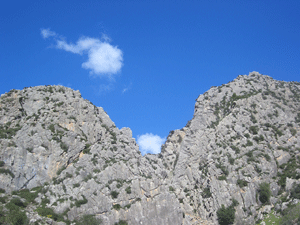 Chefchaouen appears at last after a curve. Flanked by two horns (meaning its name), the city is embedded in a valley surrounded by the high mountains of the Rif. Medieval is its layout, the physiognomy of its Andalusian people, and its past saint. In Chaouen the blue unfolds the whole palette of shades, confusing its horizon with the sky. And in the square of Uta al-Hammam, with a tea in your hand and the aroma of mint in the breeze, a longing seizes us, that time will stop to erase from our memory this magical place.
Chefchaouen appears at last after a curve. Flanked by two horns (meaning its name), the city is embedded in a valley surrounded by the high mountains of the Rif. Medieval is its layout, the physiognomy of its Andalusian people, and its past saint. In Chaouen the blue unfolds the whole palette of shades, confusing its horizon with the sky. And in the square of Uta al-Hammam, with a tea in your hand and the aroma of mint in the breeze, a longing seizes us, that time will stop to erase from our memory this magical place.
"This mountain is the most pleasant of all that are in Africa".
Information about Chefchaouen
We found a city with many craftsmen and merchants. It is the residence of a lord who rules over many tribes of these mountains. It was he who began to stimulate the development of this country ... is called Sidi Berrased (Benrashid). He made an incessant war against the Portuguese.
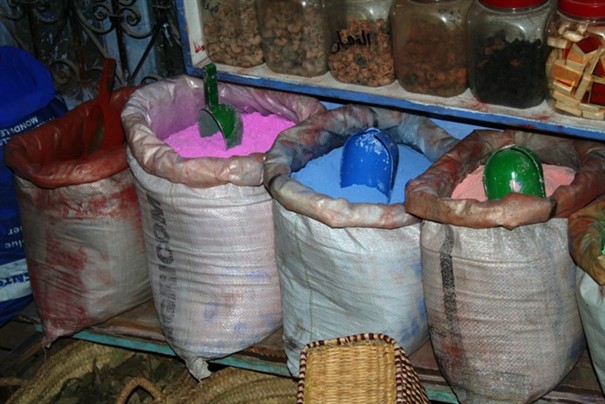
The inhabitants of the city and those of the mountain do not pay any taxes to the lord because the majority are his soldiers, on foot or on horseback.
Aquí sólo crece el trigo, aunque hay mucho lino y grandes bosques e innumerables fuentes. Los habitantes del país siempre van bien vestidos". Lion The African Century. XV
Chaouen Morocco
Chefchaouen, Chaouen, or Xauen, Chefchaouen Chefchaouen, all these names serve to refer to a magical village, located in the Rif mountains.
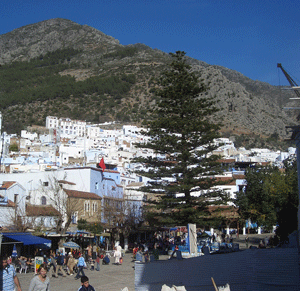 Its name takes it from the surrounding mountains, Yebel Kelaá and Yebel Megu, which signify the horns. The X was put by the Spanish protectorate.
Its name takes it from the surrounding mountains, Yebel Kelaá and Yebel Megu, which signify the horns. The X was put by the Spanish protectorate.
Its unpredictable streets, painted with indigo blue to drive away the mosquitoes are the ideal place to walk and contemplate the wonder of town that you have before your eyes.
It is the quietest place in northern Morocco, where I learned "bad hurry friend, hurry kills" and the truth is that they are right. It is better not to rush into this city. You can spend hours savoring the famous tea with mint, sitting on a terrace of the square and not even give notice of the passage of time.
It is the quietest place in northern Morocco, where I learned "bad hurry friend, hurry kills" and the truth is that they are right. It is better not to rush into this city. You can spend hours savoring the famous tea with mint, sitting on a terrace of the square and not even give notice of the passage of time.
It is two hours by car from Ceuta and two and a half from Tangier. History of Chefchaouen.
Chefchaouen founded it in the year in 1471 Mulay Ali ben Rachid as base from which to send troops to the battle against the Spaniards and Portuguese in Ceuta.
It prospered with the arrival of sefardíes and moriscos expelled from Spain in 1492 by the catholic kings. And these were the ones that gave him the architectural look that Chef Chaouen has today, the houses and doors painted them green.
The indigo blue touch came from the hand of the Jews who introduced it in the country back in the year 1930.
Chefchaouen Morocco
The city was isolated, in it could not enter strangers and much less Christian, until the year 1920 date in which it was occupied by the Spaniards. Between the years 1924 and 26 the rif war was declared, but finally the Spanish returned to be implanted in this city until the independence of 1956.

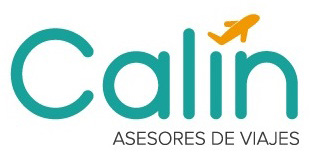

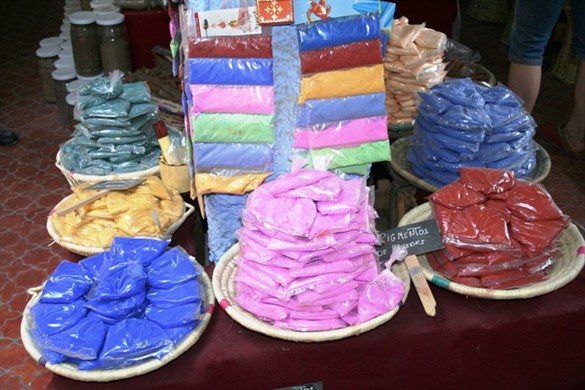
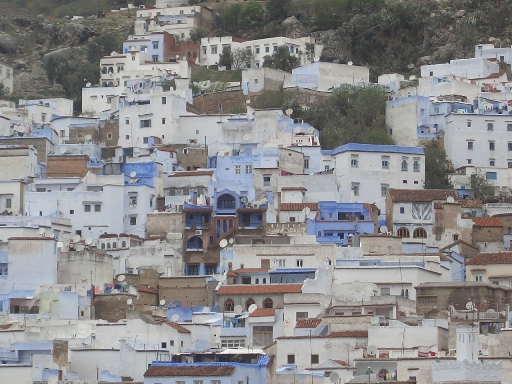
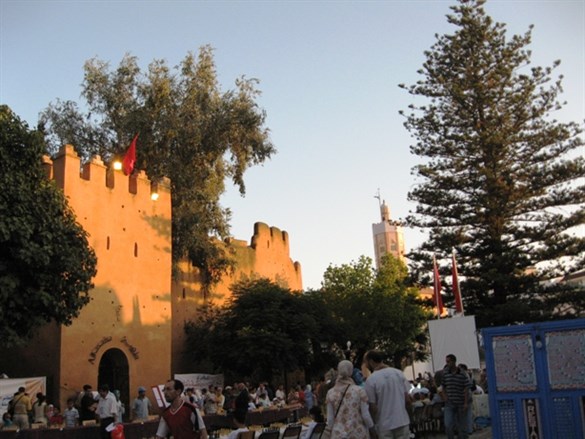
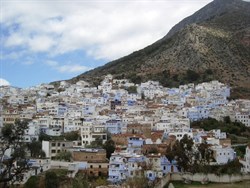 Chaouen was founded as a military site, whose mission was to defend the interior of the country from the attacks of Portuguese and Spanish, who were seizing the Moroccan coast. The city of Chaouen was founded by Hassan Ben Mohammed el Alami with the aim of using it as a secret place from which to attack the Portuguese who occupied Tangier and Asilah.
Chaouen was founded as a military site, whose mission was to defend the interior of the country from the attacks of Portuguese and Spanish, who were seizing the Moroccan coast. The city of Chaouen was founded by Hassan Ben Mohammed el Alami with the aim of using it as a secret place from which to attack the Portuguese who occupied Tangier and Asilah.



















































